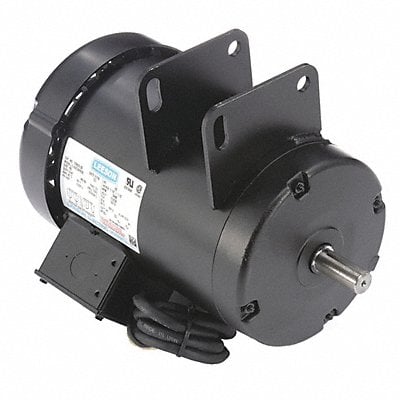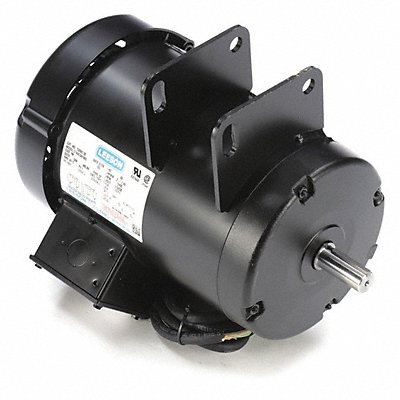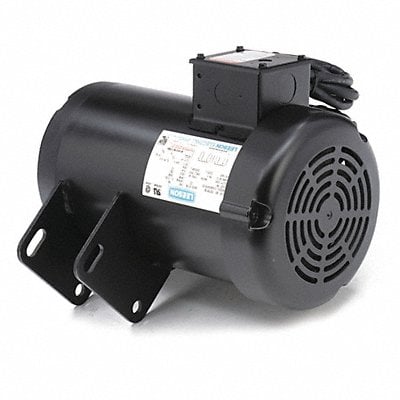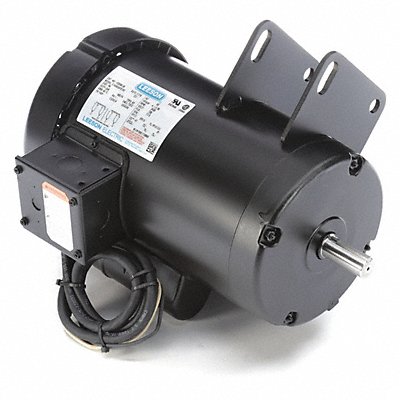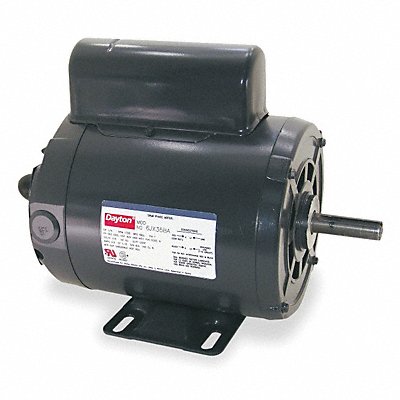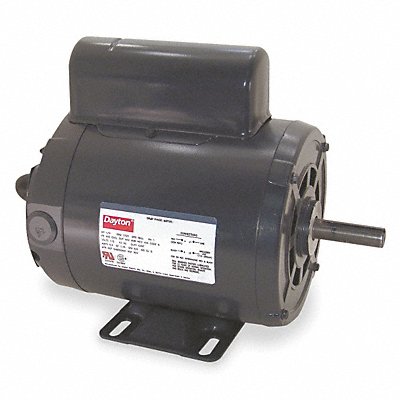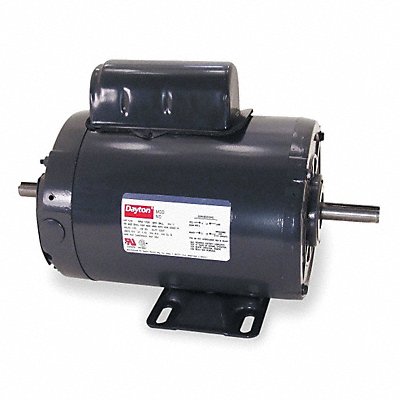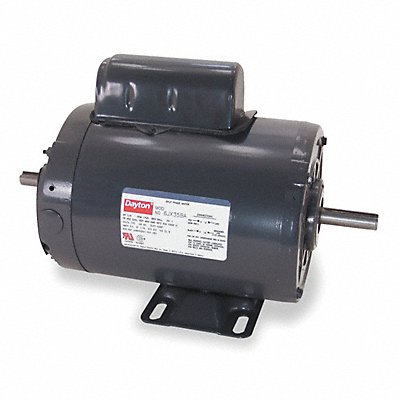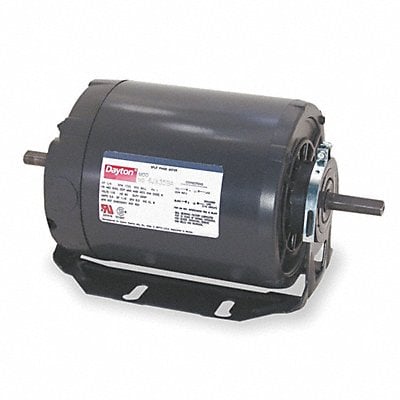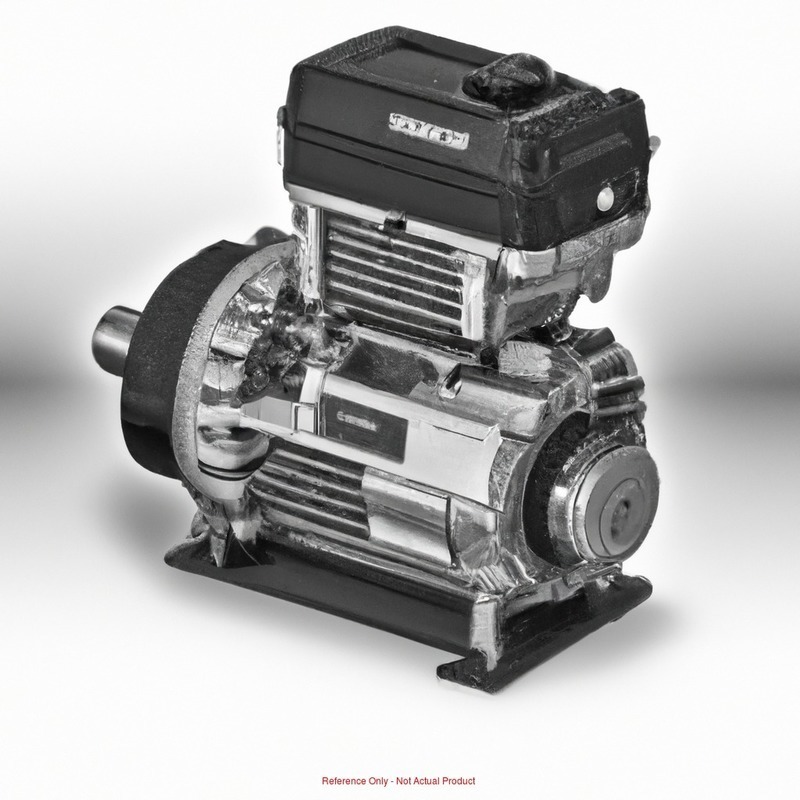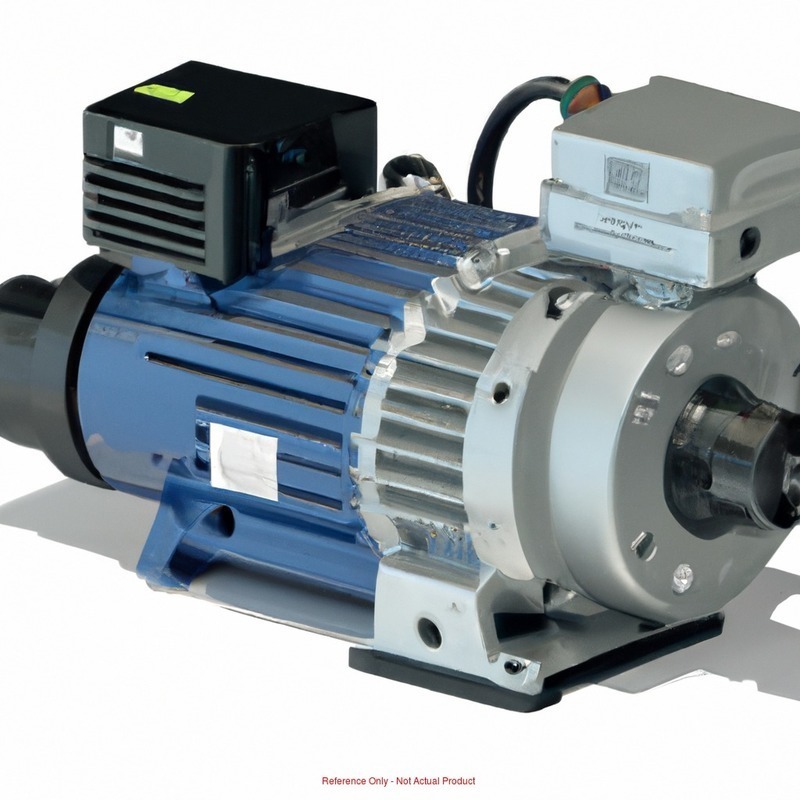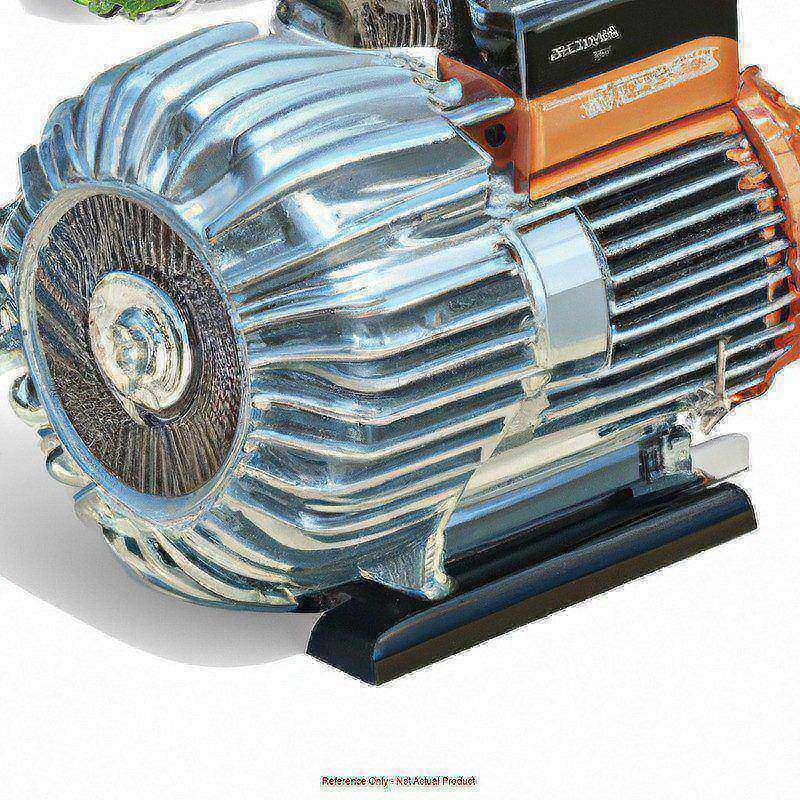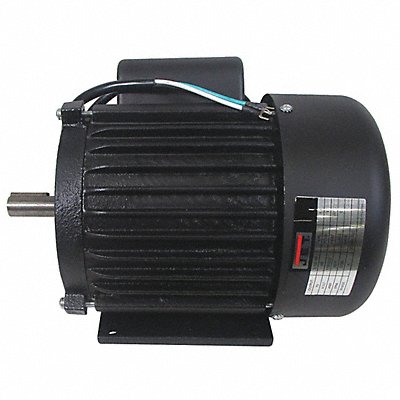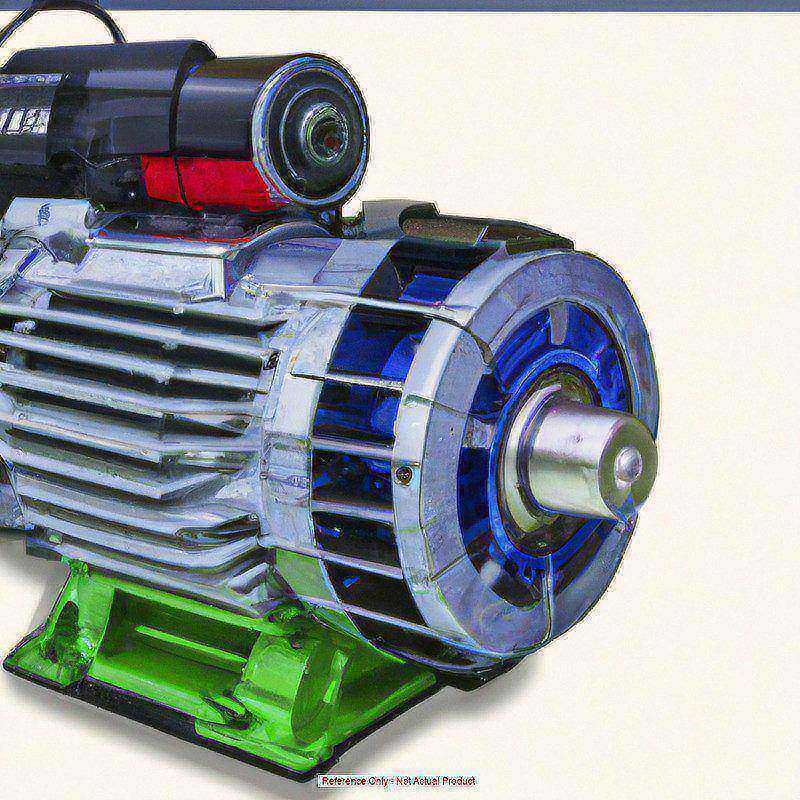Stationary Power Tool Motors: Performance, Applications, and Replacement Insights
Introduction
Delve into the world of Stationary Power Tool Motors and explore their pivotal role in driving efficient and precise power tools. This comprehensive guide offers an in-depth exploration of their distinctive attributes, diverse applications, anticipated lifespan, and vital indicators of replacement to ensure uninterrupted tool performance.
Top 10 Characteristics of Stationary Power Tool Motors:
Stationary Power Tool Motors exhibit a unique array of features:
1. Robust Torque Generation: Motors engineered for high torque output.
2. Variable Speed Control: Offering adjustable speed settings for precision.
3. Durability and Reliability: Built to withstand demanding tool applications.
4. Efficient Heat Dissipation: Cooling mechanisms to prevent overheating.
5. Compact and Space-Efficient: Designed to fit within tool casings.
6. Enhanced Brushless Designs: Reduced maintenance and improved efficiency.
7. Compatibility: Tailored for various power tool types and brands.
8. Quiet Operation: Engineered for minimized noise during use.
9. Precision Engineering: Ensuring accurate and smooth tool performance.
10. Low Energy Consumption: Optimizing energy efficiency.
Top 10 Applications of Stationary Power Tool Motors:
Stationary Power Tool Motors find relevance across a wide spectrum of tasks:
1. Woodworking: Driving saws, routers, and planers with precision.
2. Metalworking: Powering drills, grinders, and lathes for metal fabrication.
3. Construction: Enabling efficient operation of power nailers and saws.
4. Automotive Repairs: Driving impact wrenches and pneumatic tools.
5. DIY and Hobbyists: Supporting various home improvement projects.
6. Masonry and Concrete Work: Powering concrete saws and drills.
7. Electronics Assembly: Enabling precise work on delicate components.
8. Crafting: Powering tools for artistic and craft projects.
9. Carpentry: Driving power tools for furniture and cabinetry.
10. Industrial Manufacturing: Supporting various industrial tool operations.
Expected Lifespan of Stationary Power Tool Motors:
The operational lifespan of Stationary Power Tool Motors varies based on usage and maintenance practices. Regular care and adherence to maintenance guidelines can significantly extend their service life.
Signs Indicating Replacement of Stationary Power Tool Motors:
Stay attentive to signs indicating the need for motor replacement:
1. Decreased Performance: Reduction in torque or speed.
2. Unusual Noises: Uncommon or loud sounds during operation.
3. Overheating: Frequent overheating leading to shutdowns.
4. Excessive Vibration: Unusual vibration levels during use.
5. Inconsistent Operation: Fluctuations in tool performance.
6. Increased Power Consumption: Unexpected rise in energy usage.
7. Wear and Tear: Visible signs of wear or damage.
8. Struggling Motor: Motor struggling to meet tool demands.
9. Tool Misalignment: Tools not functioning in their intended manner.
10. Age and Usage: Motors nearing the end of their effective life span.
Top 3 Use Cases for Stationary Power Tool Motors:
1. Woodworking Precision: Driving saws and routers for intricate woodwork.
2. Metal Fabrication: Powering grinders and drills for metal shaping.
3. DIY Enthusiasts: Supporting home improvement and creative projects.
Summary
Stationary Power Tool Motors are pivotal for precise and efficient power tool operation. By comprehending their attributes, applications, and replacement signals, users can ensure consistent tool performance and optimal results.
Product Recommendations:


